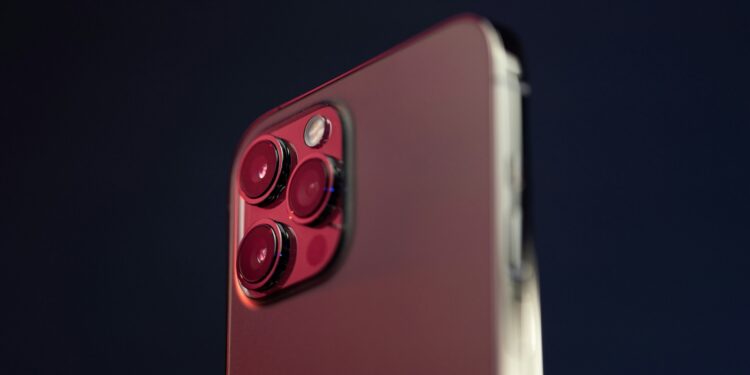In the world of smartphones, Apple is always striving to differentiate itself from the competition and continuously improve its products. One of the challenges the company is facing is developing its own modem to reduce its dependence on Qualcomm. This project has made headlines and sparked debate. But why is Apple investing so much time and resources in this project?
Apple's decision to develop its own modem surprised many. After all, Qualcomm has been the market leader in this field for years, providing proven technology for the iPhone and other Apple devices. But the relationship between Apple and Qualcomm has not always been harmonious. Numerous legal disputes and constant dependence on external suppliers have led Apple to look for its own solution. But why would a company like Apple, known for developing first-class products with high user-friendliness, embark on such a risky venture?
The Long Road to Independence
Apple has been striving to develop its own modem for years, but the path to this goal is paved with many obstacles. Developing a wireless chip is far more complex than it seems at first glance. Each modem must support a variety of standards and their different variants worldwide. This requires not only technical know-how but also extensive testing in different mobile networks and environments. This complexity has led to the switch to its own modem being postponed several times. However, the fact that Apple is not giving up its efforts in this area shows how important the company considers this independence. Even if there are no noticeable benefits for users at first, Apple sees great long-term potential in this investment.
Why your own modem?
At first glance, it may seem that Apple is only trying to reduce costs by using its own chip. But the reasons for this are more varied, as Bloomberg reportedBy integrating the modem into a new wireless chip that is also responsible for WiFi and Bluetooth connections, Apple could improve the reliability and battery life of its devices. In the long term, there is even the possibility of integrating all of these components into the main system on a chip (SoC). This would not only save space inside the iPhone but also reduce costs and open up new design possibilities. In addition, the savings in production would allow Apple to invest in other areas to integrate new features and innovations into its devices. Another argument for having its own modem is greater control over its own hardware, which is of great importance for a company that is always concerned with the highest quality and seamless integration of its products.
risks and challenges
Despite the potential benefits, developing your own modem also entails significant risks. Supporting numerous international cellular standards and the necessary reliability in different environments make the project extremely challenging. If Apple makes mistakes, it could lead to one of the biggest scandals in the history of the iPhone, comparable to the "Antennagate" incident a few years ago. Switching more than a billion users to an in-house modem requires extensive testing and careful planning to avoid potential problems. This shows how risky and ambitious Apple's project is.
Why the Apple modem is more than a cost-cutting measure
The project to develop Apple's own modem to replace the Qualcomm chip is much more than just a cost-cutting measure. It's about independence, better integration and the possibility of creating more innovative and efficient products in the future. Although the path to this goal is fraught with challenges and risks, Apple remains true to its philosophy of always striving for perfection and control over its own technology. If Apple successfully implements this plan, it could not only influence the future of the iPhone but also the entire industry. Even if customers may not notice much difference at the moment, this step could prove to be crucial in the long term. Apple shows once again that it is willing to take risks to realize its vision and ultimately offer its users the best possible experience. (Photo by Unsplash / TheRegisti)





